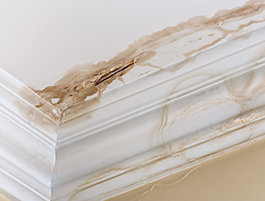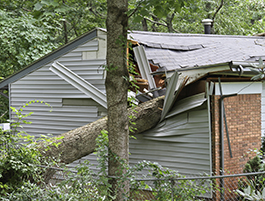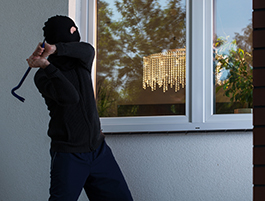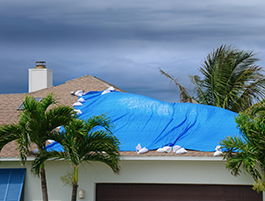Welcome to our Public Adjuster!

Fire and Smoke Damage
Subsequent to a fire in your residence or business smoke damage is usually evident. Items are charred walls are discolored, there is ash and soot on the floor – but the fire may leave smells and other side effects that are harmful to surfaces as well as your health. Signs of smoke damage can occur immediately, while others are only noticeable several hours or even days after the fire.
Discoloration
Soon after a fire, the effects of smoke damage are visible on walls, ceilings and surfaces, developing as stains and discoloration. Within a few days, walls and flooring may start to turn yellow; however, this yellowing affect is not revealed immediately. Plastic surfaces, appliances and wood may become discolored and warped. Several hours after a fire, metal hardware can show signs of rust and corrosion. Countertops, tiles or other surfaces containing porous stone such as marble, granite or travertine, usually become permanently discolored from the acidic residue found in soot. This residue can also permanently tarnish metals. Odor
Surfaces such as fabric items, may not only show evident signs of fire damage, but may contain a smoky odor. Smoke produces tiny particles of carbon in the air, and when deposited, these particles are called soot. Eliminating the smoke residue, or soot, is the first step to reducing the smell of a fire. Smoke is made up of several components, which contribute to the smell that lingers after fire damage.
Particles – partially or completely burned substances that are sometimes toxic and can penetrate surfaces and fabrics.
Vapors – misty, fog-like droplets that can be poisonous if inhaled or absorbed.
Toxic gases – although it is odorless, carbon monoxide (CO), is the most common toxic gas that results from a fire. Phosgene is created when household products such as vinyl, plastics and other chemicals and solvents containing chlorine materials are burned. Hydrogen cyanide is a by-product from the combustion and burning of insulation, carpets, clothing, synthetics, and plastics, such as PVC pipe.
The smell of smoke gets trapped in clothing, carpets, drapes and upholstered furniture, and unless these items are properly cleaned and deodorized by a professional fire clean up service, they may retain the smoky smell for a long period of time. The source of the odor can oftentimes be difficult to pinpoint. It could be in the soot on a surface, in the pores of wood or saturated in the finish of a piece of furniture. Interior damage
Smoke damage can also saturate surfaces such as walls and ceilings causing damage to a home’s structure/framing, wall studs, insulation and air ducts in your ventilation system. Soot and smoke particles become trapped in the HVAC system, reoccur at times and even cause respiratory problems. Electrical damage
Just the heat emitted by the fire may compromise your electrical system. If any part of the home wiring experiences fire damage, the electrical system has most likely been compromised. Depending on the source of the fire, any of the following electrical components may be damaged: wiring, cords, outlets, switches, fuses and breaker boxes. Appliances affected by fire damage can show signs of corrosion, experience short circuits and malfunction, or fail completely.
Areas of a Home Commonly Affected by Fire Damage
The level of damage will vary depending on where a fire originated. Fire and smoke is usually accompanied by water damage due to the necessary efforts of the fire department to put out the fire. Often the fire department will have to open walls to ensure there are no hidden ambers. An enclosed space typically will not have as much smoke damage as a large, open room with multiple appliances and a lot of wiring in the walls. Additionally, certain parts of a room may experience more damage than others. Ceilings, corners, walls, windows will all be impacted by the event.
Next Steps Once you and your family are safe, you’ll need to contact a licensed professional smoke and fire clean up service to assess the damage and advise you on the type of service(s) you’ll need to remove any smoke damage. We advised to seek smoke damage restoration within a few days of the fire to minimize the amount of repairs your home will need. Your insurance policy requires you to mitigate the damage.
Contact D’Orsa and Associates, LLC Public Adjusters Free Consultation No matter the level of destruction to your home, you should always consult our public adjusters at (877) 742-3587 to access smoke or fire damage and help you through the insurance claims process.
References
https://www.iicrc.org/http://www.nfpa.org/news-and-research/news-and-media/press-room/reporters-guide-to-fire-and-nfpa/consequences-of-fire
No Damage is Too Big or Too Small
We handle all types of claims from small burst plumbing damage to large scale storm and fire damage






Get in Touch
FOR HELP WITH YOUR INSURANCE CLAIM CALL US!
Call us on
(877) 742 - 3587
Email us
adjuster@dorsaassociates.com
